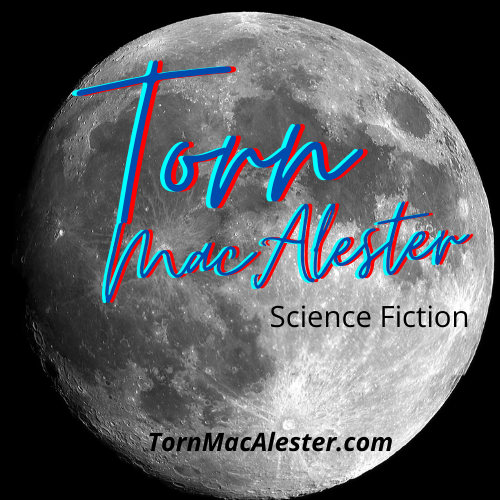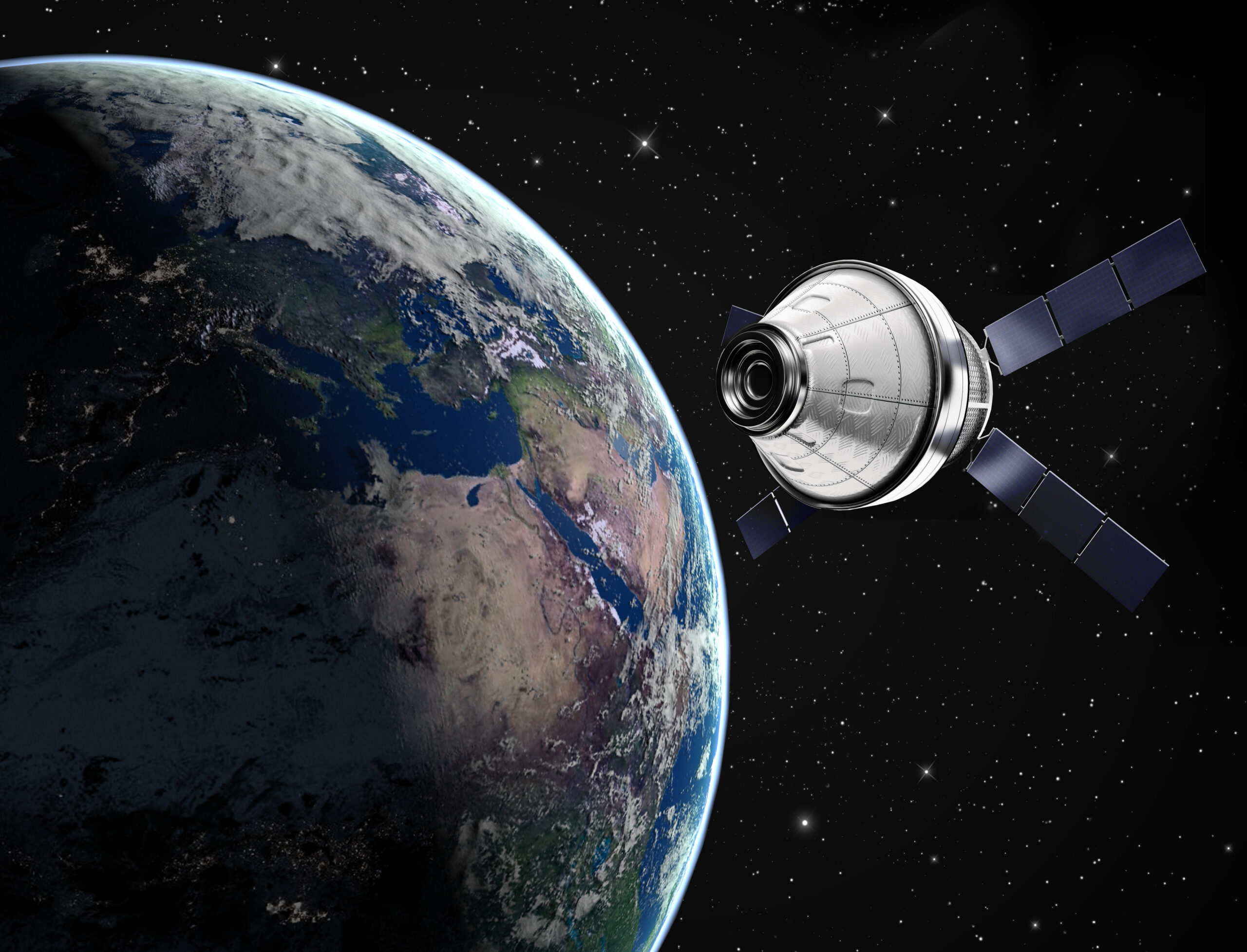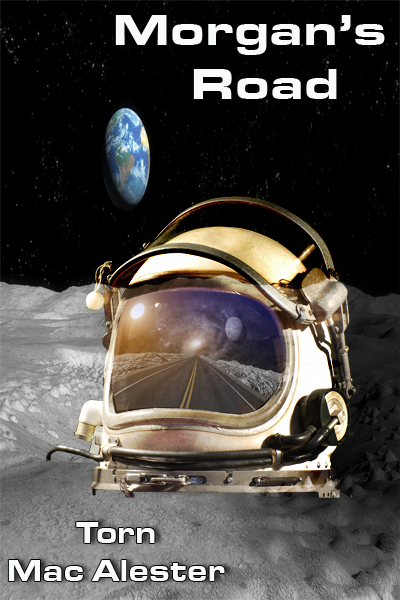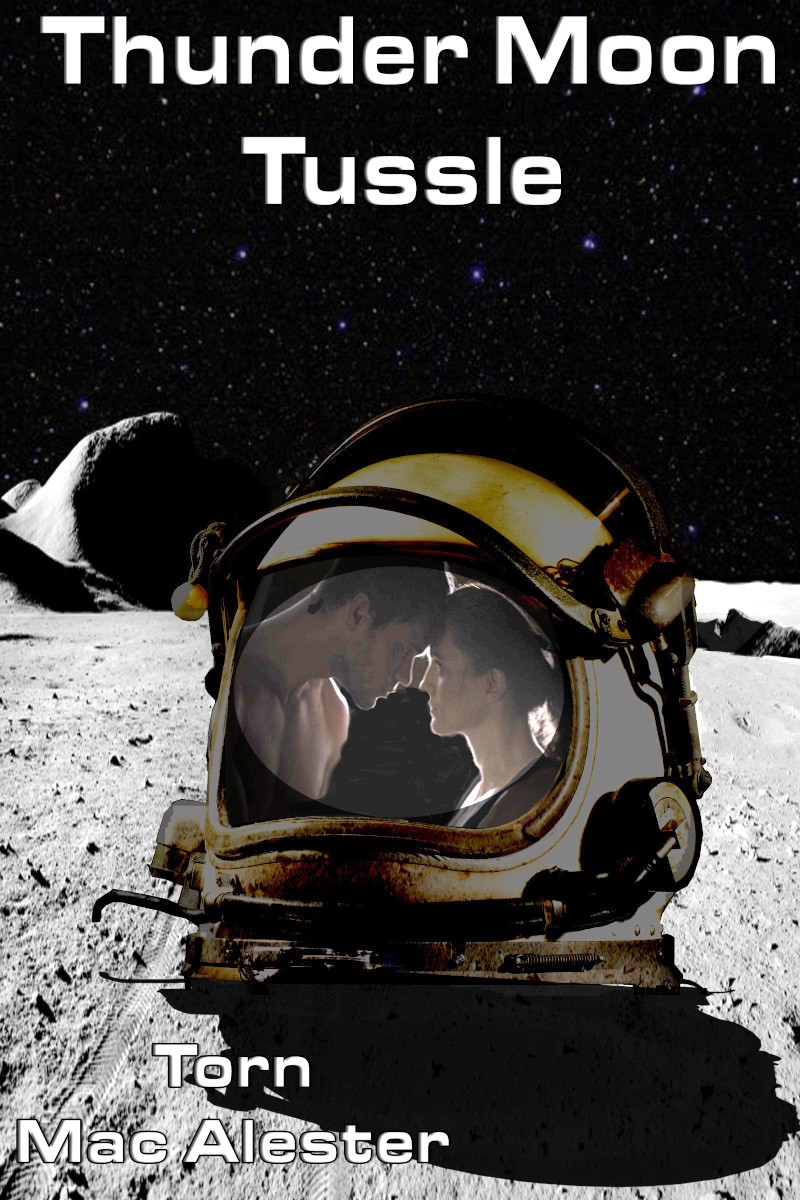

Featured
Morgan’s Road by Torn MacAlester
Morgan’s Road is a short story that I wrote a few years ago. It is not the first thing I ever wrote, but it is the first story that I decided to share with a broader audience. It is a fictionalized account of the discovery of water ice on the Moon. I imagined it as a tall tale that could be told around a camp-fire or in a typical tavern.
Check out the Morgan’s Road story here.
As part of my process of writing science fiction, I attempt to understand the science and technology behind the story. In fact, I have a science and technology element behind all my stories. Though I’ve pointed out that Morgan’s Road is about another element that is equally fascinating. You can read about it here.
This week’s discord chat
Week of Jan 8 2023 [8th at 1 PM EDT (6 PM GMT), 11th at 9 PM EDT (12th 2AM GMT)]
- Torn discusses his short story Morgan’s Road
Currently Reading
The New Frontiers Series, Book One: The Ship by Jack L. Knapp
2001: A Space Odyssey by Arthur C. Clarke
The Space Environment: Implications for Spacecraft Design — Revised and Expanded Edition by Alan C. Tribble
Lunar Sourcebook: a Users Guide to the Moon edited by Grant H. Heiken, David T. Vaniman, and Bevan M. French
This Week’s Short Fiction by Torn MacAlester
A new novel by Torn MacAlester
The long awaited sequel to Thunder Moon Tussle:
Mask of the Joyful Moon
Coming Soon
Acquisition of Technology
NASA’s (Double Asteroid Redirection Test) DART Mission is a demonstration of acquisition of technology necessary to ensure the survival of humanity. Last year, the successful kinetic intercept of an asteroid showed the feasibility of planetary defense.
You can read more about DART at the NASA press release:
DART is a clever use of a double asteroid to measure the effect of the collision. A double asteroid is an asteroid that is orbited by a lower companion. Because the asteroids have such tiny mass, an impact on the smaller companion would affect its orbit the other in a noticeable way that is detectable over a shorter time scale. The orbits of the asteroids around each other over a short timescale, so a difference in that orbit will be easier to observe than an orbit that has been changed around the sun.
In the video below, Anton Petrov, discusses a new result explaining the unexpectedly large orbit change that has been detected.
The Kardashev Scale
https://futurism.com/the-kardashev-scale-type-i-ii-iii-iv-v-civilization
The Kardashev scale is a means of conveniently measuring the power output of a civilization. The scale traditionally has three levels, called I — planetary, II — stellar , & III — galactic.
A Type I civilization has a power output of approximately Watts. This is a factor of ten thousand times greater than the Earth civilization’s current power output of
Watts.
The recent breakthrough with fusion power may put our civilization on track for becoming Type I sooner than without it. Check out my article on the Kardashev scale here.
Below, Michio Kaku comments on the the Kardashev scale and our trajectory to reach Type I within about a century.
Lunar Resources
https://www.herox.com/blog/954-what-resources-could-we-find-on-the-moon-here-are
Its not so outrageous as it seemed at first glance. The Moon has water in unusual places.
https://www.sciencealert.com/water-from-the-sun-has-been-found-on-the-moon
The solar wind is composed of mostly hydrogen. The rate of solar wind flow is . That is the same as
protons per second streaming away from the sun in all directions, or
protons impacting the Moon’s surface per second.
Many lunar rocks are oxides, providing the source of oxygen. If every proton impacting the Moon’s surface turns into water molecules, then we have on order molecules or 200 grams of water being formed every second just below the Moon’s sunlit surface.
This water would be formed inside the rocks and regolith with a depth depending upon the incident energy of the protons.
Realistic Large Scale Space Construction
Interesting web page with large scale space structures and current technology readiness level (TRL) estimates:
https://www.factoriesinspace.com/large-space-structures
To date, the largest structure built in space is the International Space Station (ISS). ISS took over a decade to build and required over a decade to assemble.
https://en.wikipedia.org/wiki/International_Space_Station
https://www.nasa.gov/mission_pages/station/main/index.html
The follow-on space stations that are expected to be built in the coming decade are all smaller but are expected to be commercial outposts.
https://www.space.com/nasa-commercial-space-station-rely-on-market-demand
But the really big space stations that could have there own spin gravity remain on the far horizon. Two examples are the Stanford Torus Space Settlement, and the O’Neill Cylinder.
Space Cities Out of Asteroids and Graphene Bags? Intriguing O’Neill Cylinder Study
Volcanos
Kilauea resumes eruption
Recently, both Volcanos on Hawaii’s big island stopped erupting.
https://www.nytimes.com/2022/12/13/science/mauna-loa-volcano-eruption.html
The Hunga-Tonga volcanic eruption of last January continues to provide a wealth of new science. Volcanos continue to surprise us. And this eruption is no exception. In the article below, the authors explain how the eruption effected Earth’s ionosphere more than many solar storms.
Fusion
Extrasolar Planets
Dying planet
https://www.sciencedaily.com/releases/2022/12/221219094937.htm
Database of Extrasolar Planets:
Methods for finding exoplanets:
https://www.planetary.org/worlds/exoplanets
This helps determine the fraction of stars having planets and the number of planets per star for the Drake Equation.
Using spectra to determine composition and chemistry of atmosphere:
https://www.pnas.org/doi/10.1073/pnas.1304208111
This relates to fraction of worlds having life from the Drake Equation.


